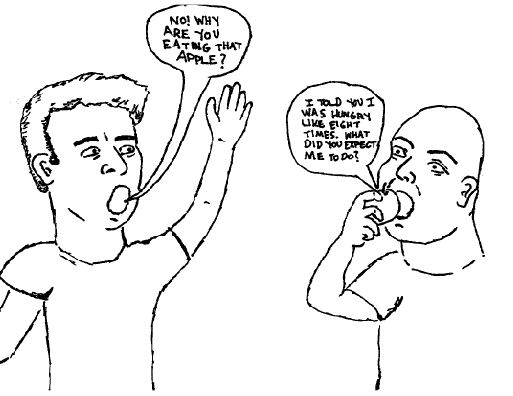Know suicide’s signs
May 24, 2017
Suicide is the second leading cause of death for people ages 10-24 according to the Centers for Disease Control and Prevention. Each day in our nation, an average of over 5,240 people grades 7-12 attempt suicide. Much of the time, though suicide tragically seems unprovoked and without warning.
One way to attribute this disconnect is that oftentimes, teens who need help do not know where to seek it or do not feel comfortable reaching out. As they keep to themselves, these teens internalize their problems, which only increases risk of self-harm.
In order to solve the bigger issue at hand, we must work to fix this piece of the puzzle. Luckily, at our school, we are a close knit community, which can help us prevent suicide.
No matter whether you are a student, guidance counselor, teacher or administrator, we all need to make ourselves an option for those who need a confidante. If we cannot act in a way that conveys this willingness to listen, we will never be able to solve the suicide and depression problem that not only plagues students in our community.
As students, a large chunk of this burden is on us to carry as these are our classmates and friends and in order to adequately help those that need it, we need to step up.
It is reasonable to expect that a student would rather talk to a friend about a problem than a guidance counselor. As friends, we must open ourselves to important conversations.
Along these lines, as part of this responsibility, we must all pay attention to warning signs and look out for those around us. The American Academy of Pediatrics lists the following as common warning signs of depression: withdrawal from friends and family members, trouble in romantic relationships, difficulty getting along with others and changes in the quality of schoolwork or lower grades.
These type of warning signs are things we are able to see and detect on a daily basis as friends and as peers. Guidance counselors, who we often turn to in times where we need help, do not see students every day the way peers, teachers and parents do.
Most of the time these warning signs are not hidden. According to the Jason Foundation, an organization that works to prevent youth suicide, four out of five teens who attempt suicide have given clear warning signs.
In many cases, the signs are way too obvious for it to be acceptable for us not to notice. Even if we do not notice, it is imperative that we are all options to talk to and to help should someone be in need. While there is no one correct way to prevent suicide, making changes to the way we act, whether it be being more inclusive or just paying more attention to those around us, is a crucial step.







